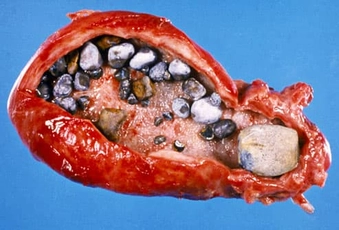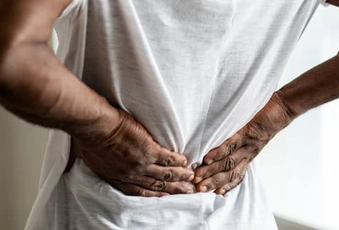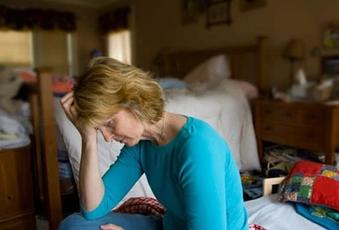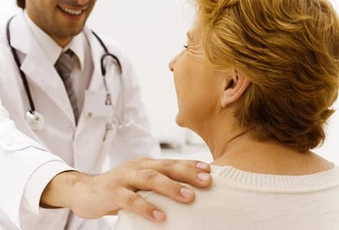How to Avoid Crohn's Complications

It Involves More Than Your Gut
You already know this disease affects your digestion. Did you know it can also lead to bone loss, eye problems, back pain, arthritis, gallstones, and skin and liver problems? Your choices can make those problems less likely.

Keep Your Bones Strong
Make sure you get enough calcium and vitamin D. Crohn's disease makes bone loss and osteoporosis (thinning bones) more likely. Steroids used to treat Crohn's can also erode your bones. Most experts say you need between 1,000 and 1,300 milligrams of calcium and between 600 and 800 international units of vitamin D. Ask your doctor how much is right for you.

Protect Your Eyes and Vision
Tell your doctor if you notice eye problems like blurred vision, redness, and dryness. This disease can affect many parts of the eye, including the cornea, tear ducts, and outer coating of the white of the eye. When you control Crohn's flares, most eye complications improve. Your doctor may prescribe drops to help.

Ease Joint Pain
About 1 in 4 people with Crohn's get arthritis, or inflamed joints. You may have elbow, wrist, knee, and ankle pain. This type of arthritis doesn't cause lasting damage, and the pain usually goes away when your Crohn's symptoms do. Some people get pain and stiffness in their lower back, which can be more serious and don’t typically go away when the flare does. Your doctor may prescribe medications, physical therapy, and joint rest.

Gallstones
Crohn's can harm your small intestine, which leads to gallstones. They are very common in people with Crohn’s. When your small intestine is damaged, your body can't absorb bile salts it creates to break down waste. This changes the makeup of bile and can bring on gallstones. Symptoms include sudden pain in your upper right abdomen and nausea. Treatment ranges from medications to surgery.

Skin Problems
Watch for changes in your skin. A small number of people with Crohn’s get red bumps on their shins, ankles, and arms. Doctors call these erythema nodosum. Only a few will get blisters that turn into chronic deep ulcers, but it can happen.

Liver Damage
Do you feel unusually tired, or do you have itching, yellowing of the skin (jaundice), or pressure in your upper abdomen? Those could be signs that Crohn's is affecting your liver. Bring your doctor up to speed. You may get blood tests, ultrasounds, and maybe even a biopsy to see if there’s a problem.

Back Pain
If you have pain and stiffness in your lower spine, let your doctor know. It's rare, but you might have spondylitis, a form of arthritis that can be linked to Crohn's. Over time, it can cause the bones in your spine to permanently fuse. This is called ankylosing spondylitis. It happens in up to 3% of people with Crohn’s. Early treatment can help you stay flexible. Stretching and moist heat on your back can help you feel better.

Depression
Like many serious long-term illnesses, Crohn's disease can make you depressed and anxious. That, in turn, can worsen your physical symptoms and make it harder to get better. Talk therapy and medications can help you manage these feelings.

See Your Doctors Regularly
Regular checkups with your primary doctor and your gastroenterologist are key. Put all appointments on your calendar. Let your doctor know about about any changes in your health, and mention any medications or supplements you're taking.
Show Sources
IMAGES PROVIDED BY:
1) Wavebreakmedia Ltd. / Thinkstock
2) Stockbrokerextra Images
3) Ronnie Kaufman, Larry Hirshowitz/Blend Images
4) George Doyle/Stockbyte
5) Biophoto Associates/Photo Researchers Inc
6) Interactive Medical Media LLC
7) Paul Viant/Photographer's Choice
8) Jack Hollingsworth/Photodisc
9) Joel Sartone/National Geographic
10) Ale Ventura/PhotoAlto
REFERENCES:
Abraham, C. New England Journal of Medicine, Nov. 19, 2009.
Crohn's & Colitis Foundation of America.
Iglesias, M. Revista Espanola de Enfermedades Digestivas, April 2009.
National Institute of Diabetes and Digestive and Kidney Diseases.
University of Maryland Medical Center.